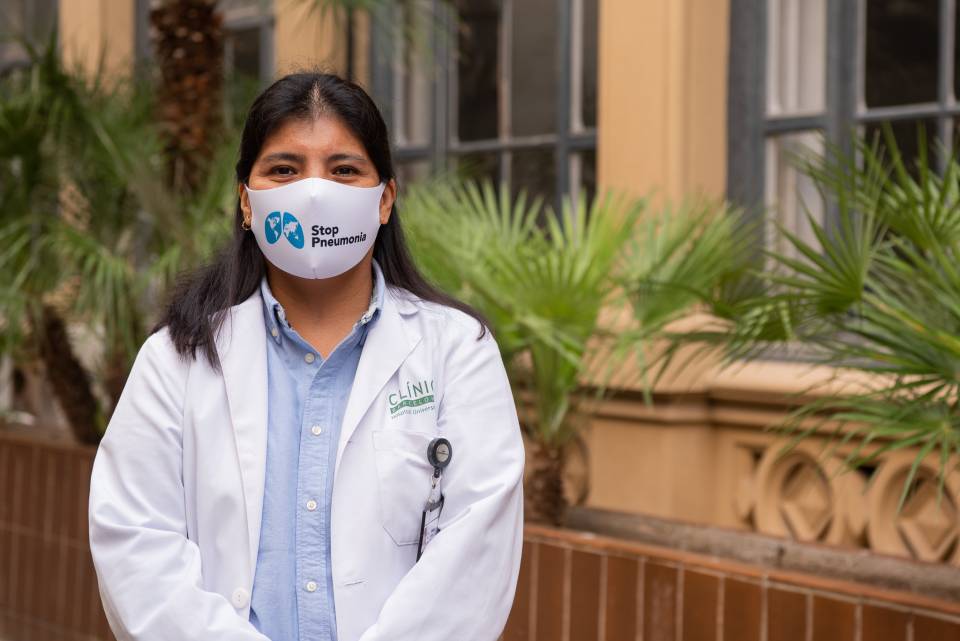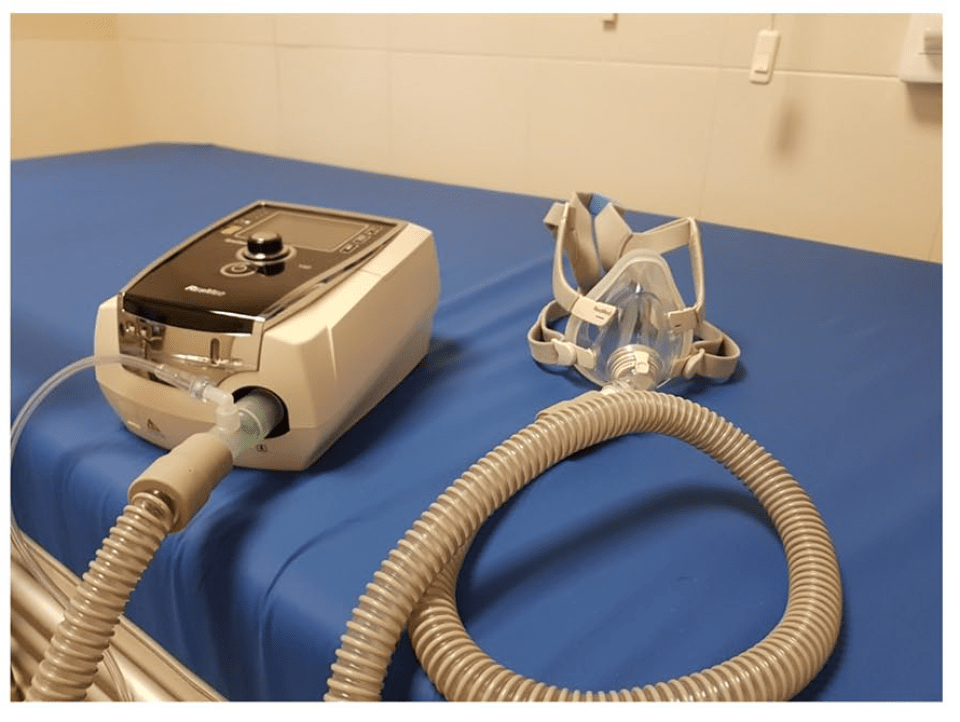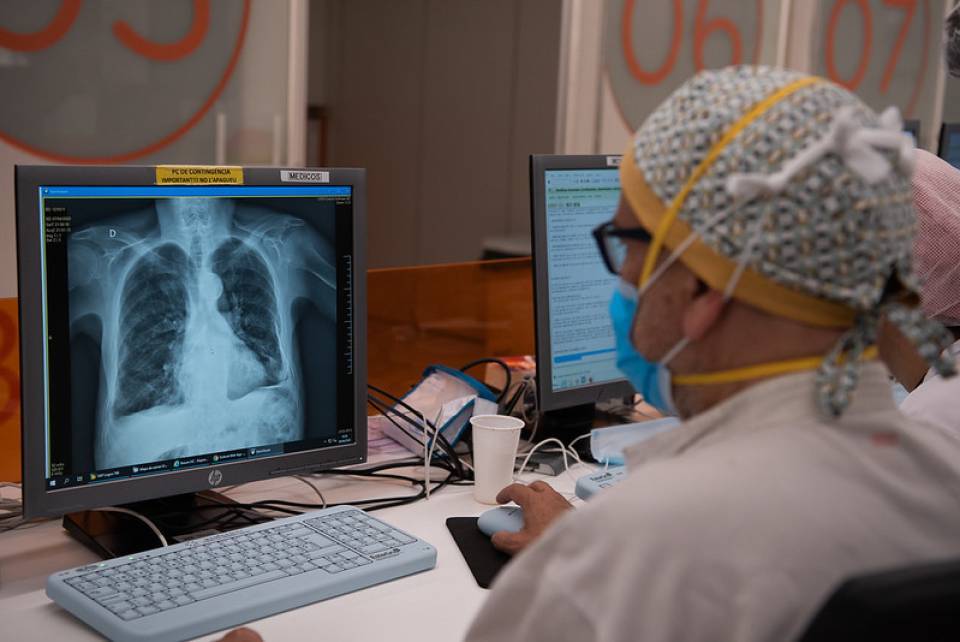3 November 2021
Substantiated information by:

Fernanda Hernandez Gonzalez
Pulmonologist
Pneumology Department

Jacobo Sellarés Torres
Pneumologist
Pneumology and Respiratory Allergy Service

Joel Francesqui
Pulmonologist
Pneumology Department

Sandra Cuerpo Cardeñosa
Pulmonologist
Pneumology Department

Xavier Alsina Restoy
Advanced Nurse Practitioner
Pneumology Department
Published: 9 June 2020
Updated: 9 June 2020
The donations that can be done through this webpage are exclusively for the benefit of Hospital Clínic of Barcelona through Fundació Clínic per a la Recerca Biomèdica and not for BBVA Foundation, entity that collaborates with the project of PortalClínic.
Subscribe
Receive the latest updates related to this content.
Thank you for subscribing!
If this is the first time you subscribe you will receive a confirmation email, check your inbox
An error occurred and we were unable to send your data, please try again later.












